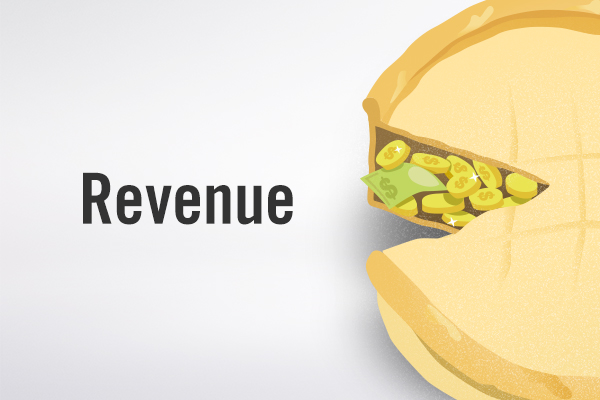High debt, reckless spending, and impending financial ruin. That description fits both Pennsylvania and budget guru Dave Ramsey’s life before he achieved financial stability. The Ramsey method has helped millions of households, spawned books, radio shows, podcasts, and the aspirational/jealousy-inducing “debt-free scream.” The real lesson the Ramsey’s methods—and Ramsey’s—life teaches us is that no matter the current situation there is hope for a better financial future. However, his easy solutions have been lost on the financial “experts” in Harrisburg.
Last year lawmakers experienced $883 million more than expected revenues, which prevented tax hikes, but did nothing to address the drivers of Pennsylvania’s spending problem.
As most households can attest, no matter how much you make there’s always a list of projects waiting to absorb any unexpected income. Only $317 million of the revenue “surplus” managed to find its way into the rainy-day fund. Instead of saving, lawmakers had to allocate over $687 million in supplemental appropriations—overspending from last year—and increased the General Fund by almost $600 million.
So instead of saving nearly $900 million dollars, the commonwealth blew nearly $1.3 billion.
According to latest IFO revenue reports, lawmakers will be facing a similar situation this year. Revenue for October was $143 million above estimates, which put collections at almost $230 million over for the year. If elected leaders want long-term prosperity for all Pennsylvanians, they should learn from Ramsey’s budget basics.
1. No new debt
The first step is to stop living off debt. When not financing new spending through tax hikes, the state has a history of turning to public debt. Currently, this amounts to almost $10,000 per person in Pennsylvania. Paying off college debt is hard enough; lawmakers shouldn’t be using younger generations to finance today’s programs.
2. Establish an emergency fund
Pennsylvania also has a history of draining its reserves due to economic downturns. While progress has been made in rebuilding the rainy-day fund, Pennsylvania will need an additional $1.8 billion in reserve before we draw even with the national average of 6.4 percent of spending.
Chart: Pennsylvania's Rainy Day Fund Balance
The rainy-day fund could also increase its balance if lawmakers tapped into the existing balances in the Shadow Budget. This budget is composed of over 150 special funds outside of the General Fund. According to the Governor’s Executive Budget, as of last year, the combined balance of these funds was over $14 billion.1 While not all of these balances should be transferred, using some existing funds for savings, debt, or even emergency spending projects would go a long way toward securing Pennsylvania’s financial future.
3. Stick to your budget to pay down debt
Pennsylvania first needs to rein in spending. The Taxpayer Protection Act (TPA), also known as HB 1316, does just that. The TPA controls government spending by limiting how quickly it can grow. It keeps spending growth in line with economic growth, freeing up revenues for paying down debt.
Chart: State Spending Vs. Taxpayer Protection Act
Establishing healthy financial habits means admitting what got you into the mess in the first place. For Pennsylvania, it is decades of chronic overspending, which have drained reserves and piled on the debt.
4. Put your monthly budget into separate cash envelopes to stay accountable.
Okay, maybe not every tip from Ramsey can be scaled up to the state (there might be a few security and ethical concerns with bureaucrats carrying millions in cash around the Capitol) but what’s important to remember is that Ramsey used his financial setbacks to propel a spectacular comeback—and Pennsylvania can do the same. If lawmakers follow these basic steps, who knows: maybe in the years to come, smart state budgeting will be referred to as the Pennsylvania Method.
1. This number excludes SERS and PSERS retirement funds.
RELATED : TAXES & SPENDING, GOVERNMENT DEBT, SPENDING LIMITS





